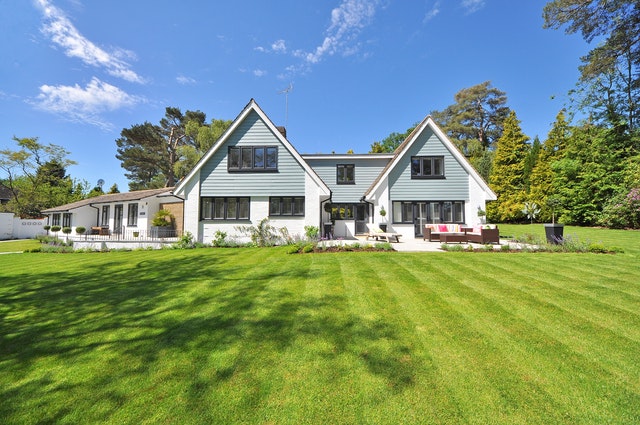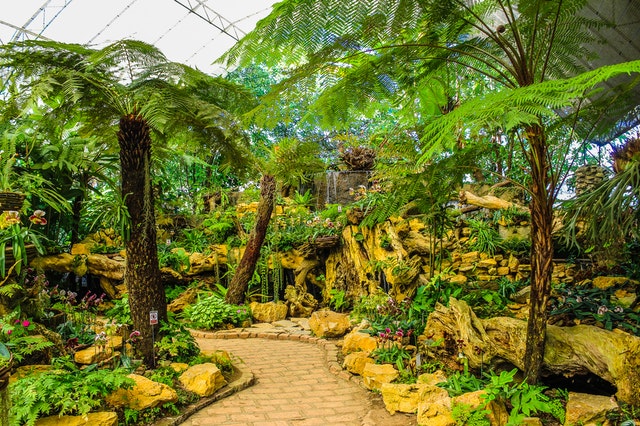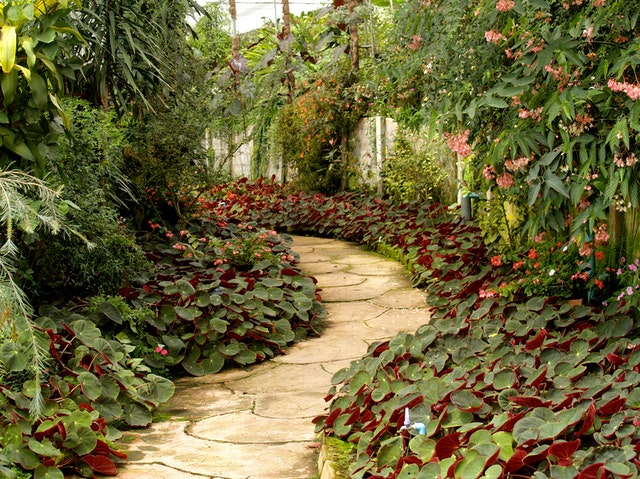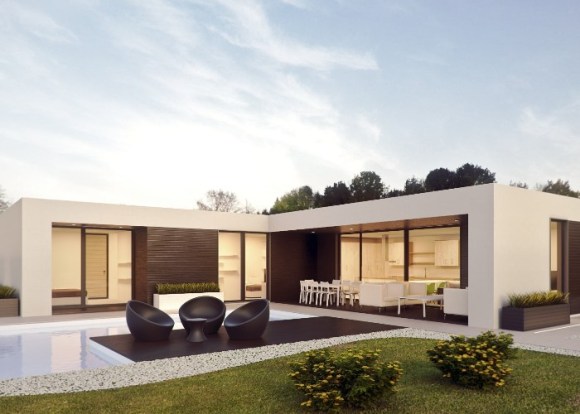Creating a beautiful garden that also benefits the environment is a rewarding endeavor. Sustainable landscaping focuses on practices that conserve resources, reduce pollution, and promote biodiversity. In this article, we will explore several eco-friendly techniques to help you design and maintain a greener garden, including using native plants, rainwater harvesting, composting, and creating wildlife-friendly habitats.
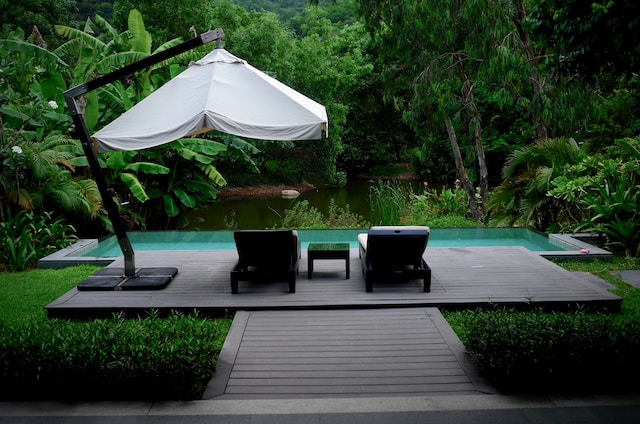
Why Choose Sustainable Landscaping?
Environmental Benefits: According to Landscapers Hamilton, Sustainable landscaping reduces the need for chemical fertilizers and pesticides, conserves water, and promotes soil health. It also supports local ecosystems by providing habitats for native wildlife.
Cost Savings: By reducing water usage and relying on natural compost and mulch, sustainable landscaping can lower maintenance costs.
Healthier Garden: A sustainable garden is often healthier and more resilient, with plants better adapted to the local climate and less prone to pests and diseases.
Using Native Plants
Why Native Plants? Native plants are adapted to the local climate and soil conditions, requiring less water, fertilizers, and pesticides. They also provide essential habitat and food for local wildlife, including birds, butterflies, and beneficial insects.
How to Implement:
- Research Local Plants: Identify native plants that thrive in your region. Local nurseries and extension services can provide valuable resources.
- Plan Your Garden: Design your garden with a mix of native trees, shrubs, perennials, and ground covers. Group plants with similar water and sunlight needs.
- Plant and Maintain: Plant native species in the right season, usually spring or fall. Once established, these plants will require minimal watering and maintenance.
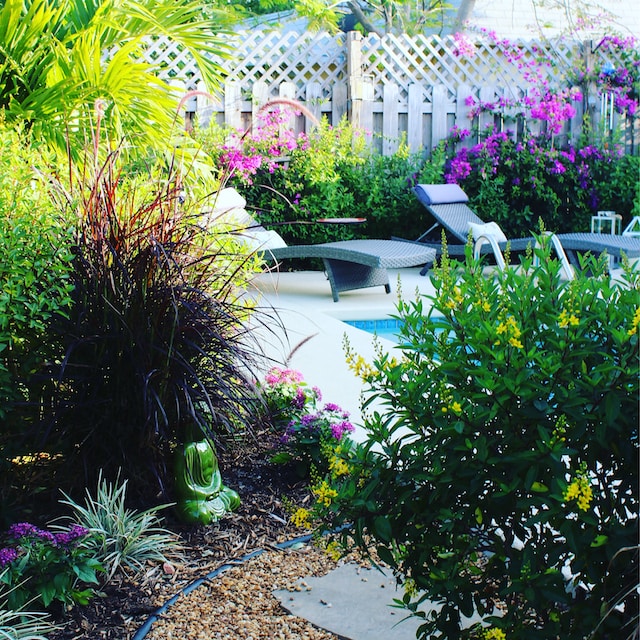
Rainwater Harvesting
Why Harvest Rainwater? Rainwater harvesting is an efficient way to conserve water and reduce your reliance on municipal supplies. It also helps reduce stormwater runoff, which can carry pollutants into waterways.
How to Implement:
- Install a Rain Barrel: Place rain barrels under downspouts to collect runoff from your roof. Choose barrels with a spigot for easy water access.
- Set Up a Rain Garden: Create a rain garden in a low-lying area of your yard to capture and filter rainwater. Use deep-rooted native plants that can tolerate both wet and dry conditions.
- Use Permeable Surfaces: Replace impermeable surfaces like concrete with permeable materials such as gravel, pavers, or mulch to allow rainwater to seep into the ground.
Composting
Why Compost? Composting recycles kitchen scraps and garden waste into nutrient-rich organic matter, reducing the need for chemical fertilizers and enhancing soil health. It also helps reduce landfill waste and greenhouse gas emissions.
How to Implement:
- Start a Compost Pile: Choose a sunny spot in your yard for your compost pile or bin. Add a mix of green (nitrogen-rich) materials like vegetable scraps and grass clippings, and brown (carbon-rich) materials like leaves and twigs.
- Maintain the Pile: Turn the compost regularly to aerate it and speed up decomposition. Keep the pile moist but not waterlogged.
- Use the Compost: Once the compost is dark and crumbly, spread it in your garden beds to enrich the soil and promote healthy plant growth.
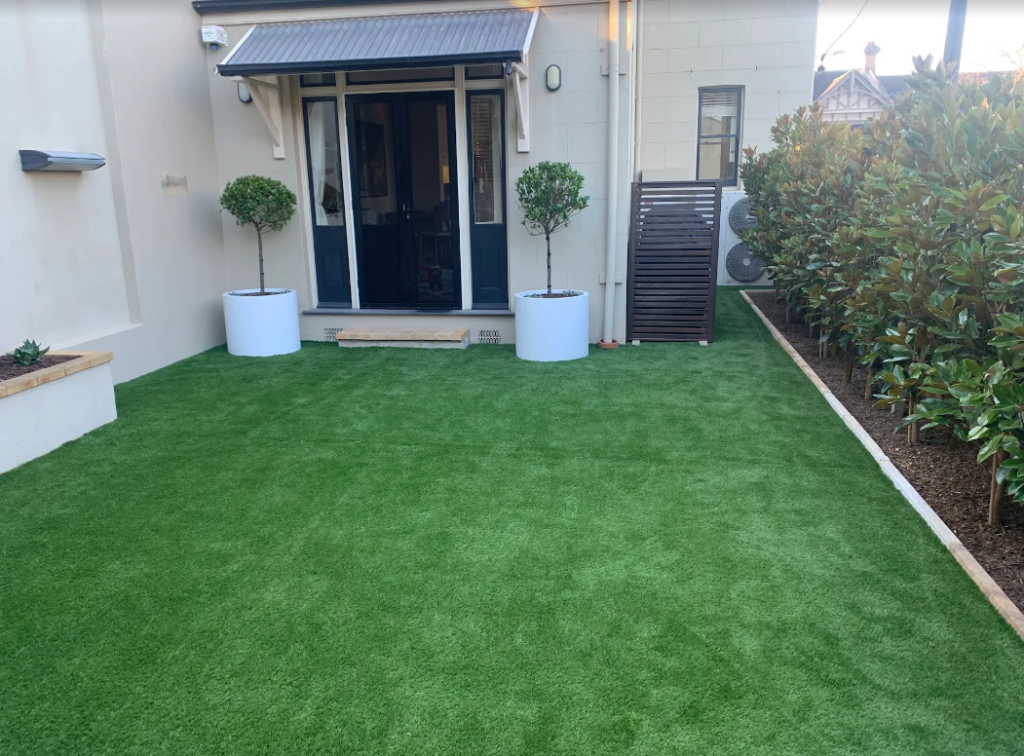
Creating Wildlife-Friendly Habitats
Why Support Wildlife? Creating habitats for wildlife promotes biodiversity and helps maintain balanced ecosystems. Birds, bees, and other pollinators play crucial roles in plant reproduction and pest control.
How to Implement:
- Plant a Variety of Species: Include a diversity of plants that provide food and shelter for different wildlife species. Consider adding flowering plants that bloom at various times throughout the year.
- Provide Water Sources: Install a birdbath or a small pond to offer fresh water. Make sure to clean these water sources regularly to prevent the spread of disease.
- Create Shelter: Leave some areas of your garden a bit wild, with brush piles, dead wood, or rock piles to provide shelter for small animals and insects.
- Avoid Pesticides: Minimize the use of chemical pesticides, which can harm beneficial insects and other wildlife. Opt for natural pest control methods, such as introducing ladybugs or using neem oil.
Final Thoughts
Sustainable landscaping is not only beneficial for the environment but also creates a beautiful, resilient garden that requires less maintenance. By incorporating native plants, rainwater harvesting, composting, and wildlife-friendly practices, you can enjoy a greener, healthier outdoor space.
Start small by implementing one or two of these practices and gradually expand your efforts. Your garden will thrive, and you’ll contribute positively to the environment. Sustainable landscaping is a rewarding journey that brings beauty and balance to your home and community. Happy gardening!
